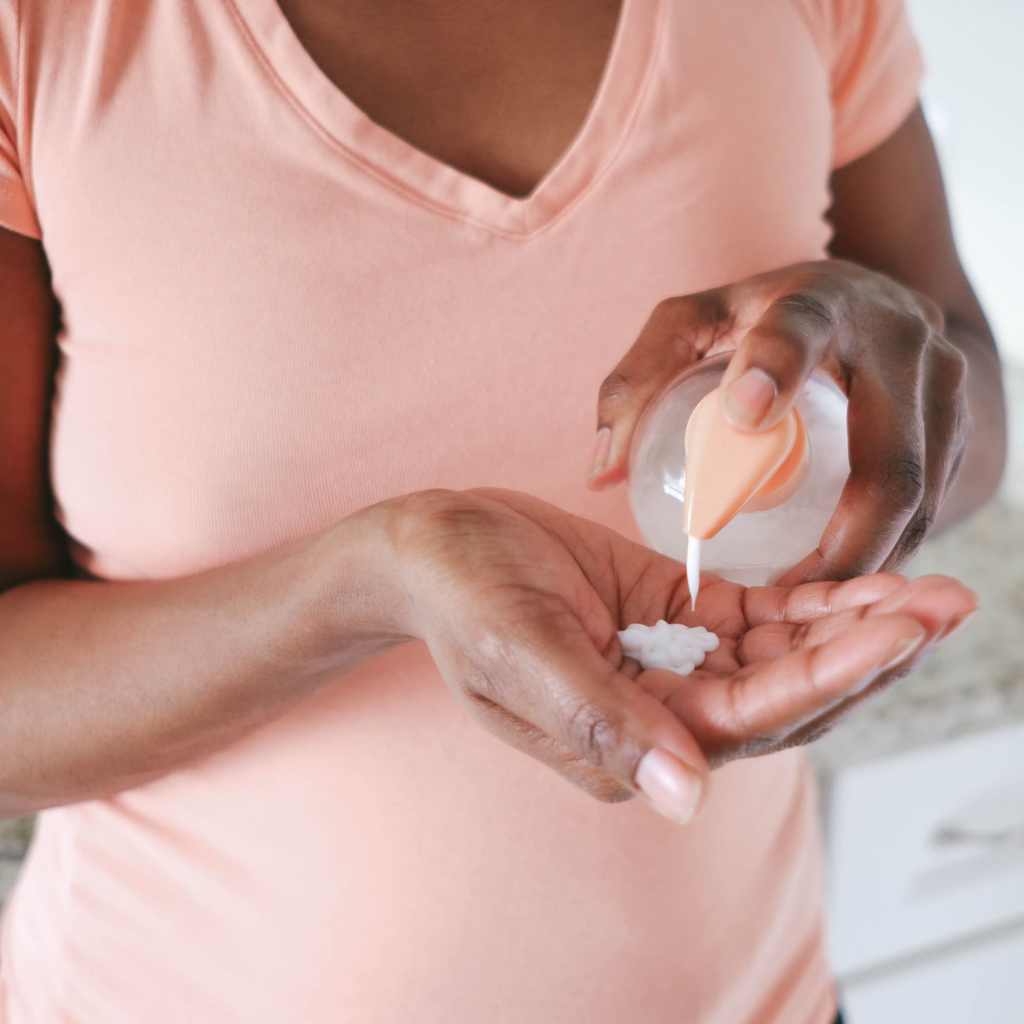Dealing with eczema (or any skin condition for that matter) can be an expensive and exhausting journey. Knowing which products and ingredients to use to help ease the pain and itch can be vital in making your day to day more comfortable, and even improving your condition. For soothing eczema, according to the experts, one of the best types of products to use at home is an emollient. In fact, “emollients are one of the cornerstones of the treatment of eczema,” said Dr Amélie Seghers, consultant dermatologist at the Cadogan Clinic and author of Eczema: How to Ditch the Itch.
“People with eczema have an impaired skin barrier, which essentially means their skin has small cracks that allows for moisture to escape,” Dr Cristina Psomadakis consultant dermatologist and Vaseline ambassador explained. “The same goes for people with skin conditions like psoriasis or ichthyosis. When skin doesn’t have enough moisture in it, skin cells don’t shed properly, leading to a dry flaky appearance. Using an emollient throughout the day helps fill in those small cracks, smoothes the skin over, and prevents moisture from escaping,” she added.
So, what actually is an emollient? “The term emollient can refer to one of two things. It is often used as a generic term for a moisturiser; meaning a product that is used to soften and moisturise the skin. However, it can also refer to a specific group of ingredients that smooth the skin,” said Dr Psomadakis. In terms of what they do for you, Dr Seghers explained that “emollients rebuild the skin by improving the skin barrier and in doing so, prolong the time in between flares and also decrease the need for prescription creams such as steroid creams.”
Ingredients used in common emollient products include ceramides, plant oils, petroleum jelly, collagen, and shea butter, explained Dr Psomadakis, noting that “the best emollients combine all three categories of ingredients: humectants, occlusives, and emollients.” (A little refresher, humectants draw moisture in and occlusives are a physical barrier to stop moisture escaping, whilst emollients are soften and moisturise the skin).
Even better, when emollients are paired with ingredients such as hyaluronic acid, glycerin, niacinamide, collodial oatmeal, and squalane, it can contribute to helping calm inflamed skin, said consultant dermatologist Dr Sharon Belmo.
Emollients come in various forms of products such as “soap substitutes, sprays, lotions, creams, and ointments – with ointments being the thickest and greasiest,” said Dr Belmo. “This means you can always find an emollient that will suit you.”
If you ever find yourself feeling a little overwhelmed with choice, Dr Seghers has some wise words. “The best moisturiser is the one the patient will use! As a general rule of thumb, most moisturisers found on the shelves in pharmacies should be good enough. Avoid the perfume-smelling milky moisturisers from the high street.”
If you’re looking for some specific dermatologist-recommended emollients, keep reading.

